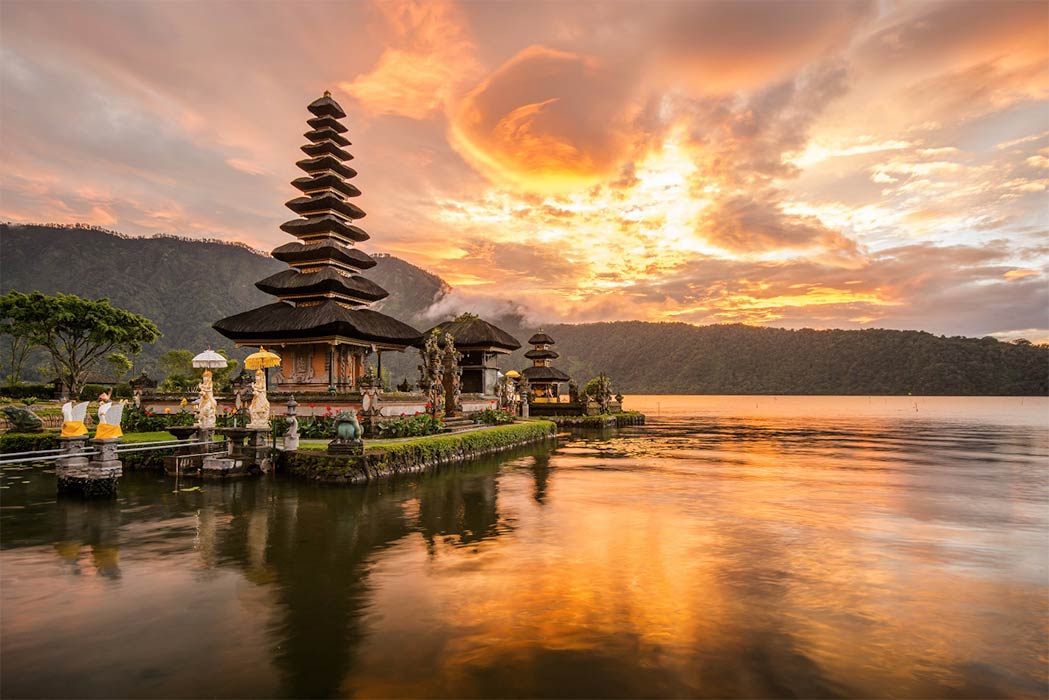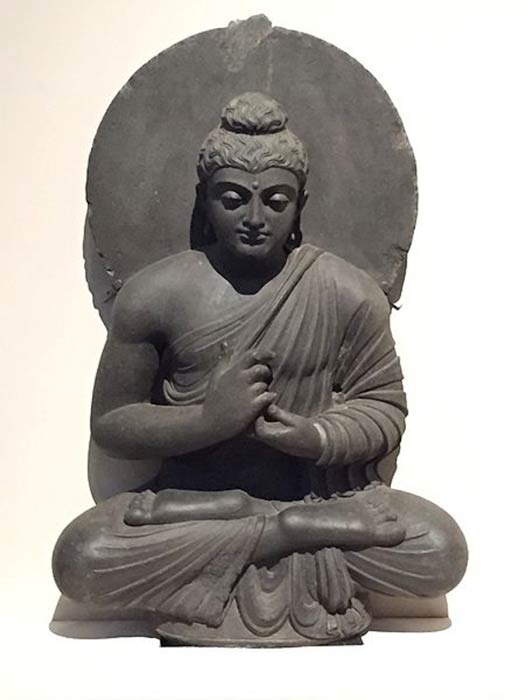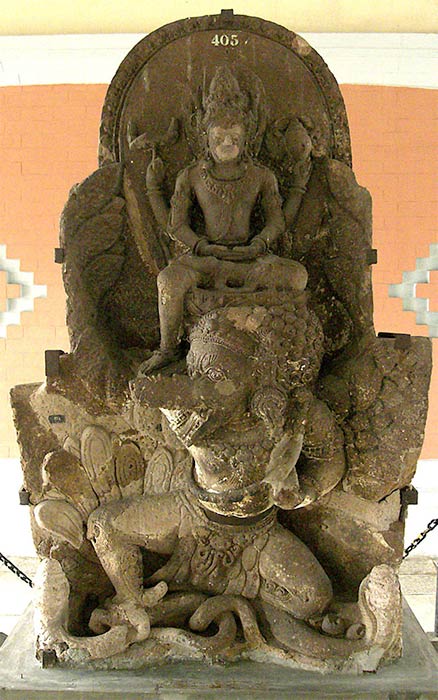
King Udayana Religious Financial Reformer of Ancient Bali
In ancient India, legendary King Udayana was a king of the city of Kaushambi in the north-central India as well as a patron of Shakyamuni Buddha. The Buddhist scripture Samyutta Nikaya records Udayana’s conversion to Buddhism after his visit to the monk Pindola Bharadvaja. Two fourth-century plays by the ancient Indian poet Bhasa, the Svapnavasavadattam and Pratijnayaugandharayana, depict Udayana as a romantic hero, with his legend central to the theme of the plays. A Chinese translation of Ekottaragama Sutra, by monk Dharamanandi in 385 AD, tells about the sadness of King Udayana. He was left behind by the Buddha who had temporarily traveled to heaven. As a dedication to his beloved teacher, King Udayana commissioned a life size statue created in likeness of the Buddha.

Sculpture of Buddha preaching (c second century), Indian Museum, Kolkata. (Jacklee/ CC BY-SA 4.0)
Later, a fifth-century AD collection of Buddhist tales called 冥祥記 (Mingxiang ji, Signs from the Unseen Realm) by scholar-official Wang Yan recalls a tale of Emperor Ming of the Eastern Han Dynasty who dreamed about a divine man. This divine man was gold-colored, standing over 20 feet (six meters) in height with a halo around his head. When the emperor later told this dream to his courtiers, one of his them recognized this “divine man” as a deity in India. The emperor then sent an embassy to India who returned with the statue of the Buddha commissioned by King Udayana, which had been completed during the Buddha’s and King Udayana’s lifetimes.

Gunung Kawi. Ancient carved in the stone temple with royal Udayana tombs. Bali, Indonesia (Adobe Stock)
King Udayana The Golden Age Of Bali
Hundreds of years later, in the small island of Bali in the 10th century, lived another King Udayana. Belonging to the Warmadewa dynasty, the earliest dynasty in Bali, King Udayana’s rule saw the prosperity of his people through consistent market strategies and trade relations, as well as a rich diversity in the agricultural sector, which led to abundant harvests. King Udayana introduced innovative accounting practices such as coins printed in gold and silver plates, as local currency. To this day, Udayana’s name is associated with Bali’s past greatness.
King Udayana 's reign is regarded as the Golden Age of Bali. He united Bali with the nearby island of Nusa Tenggara and extended his influence to East Java through his marriage to the Javanese princess Mahendradatta as well as through his first-born son Airlangga who, in his youth, was educated at the court of Watugaluh, Medang, East Java, under the patronage of his maternal uncle King Dharmawangsa. Dharmawangsa was later murdered along with his entire family and many of his subjects in the tragic event called Pralaya Medang (Death of Medang), which took place in the Dharmawangsa Palace during Airlangga's wedding ceremony.

Deified statue of King Airlangga depicted as Vishnu mounting Garuda, found in 11th century AD Belahan Temple, East Java, Indonesia. (Gunawan Kartapranata / CC BY-SA 3.0)




